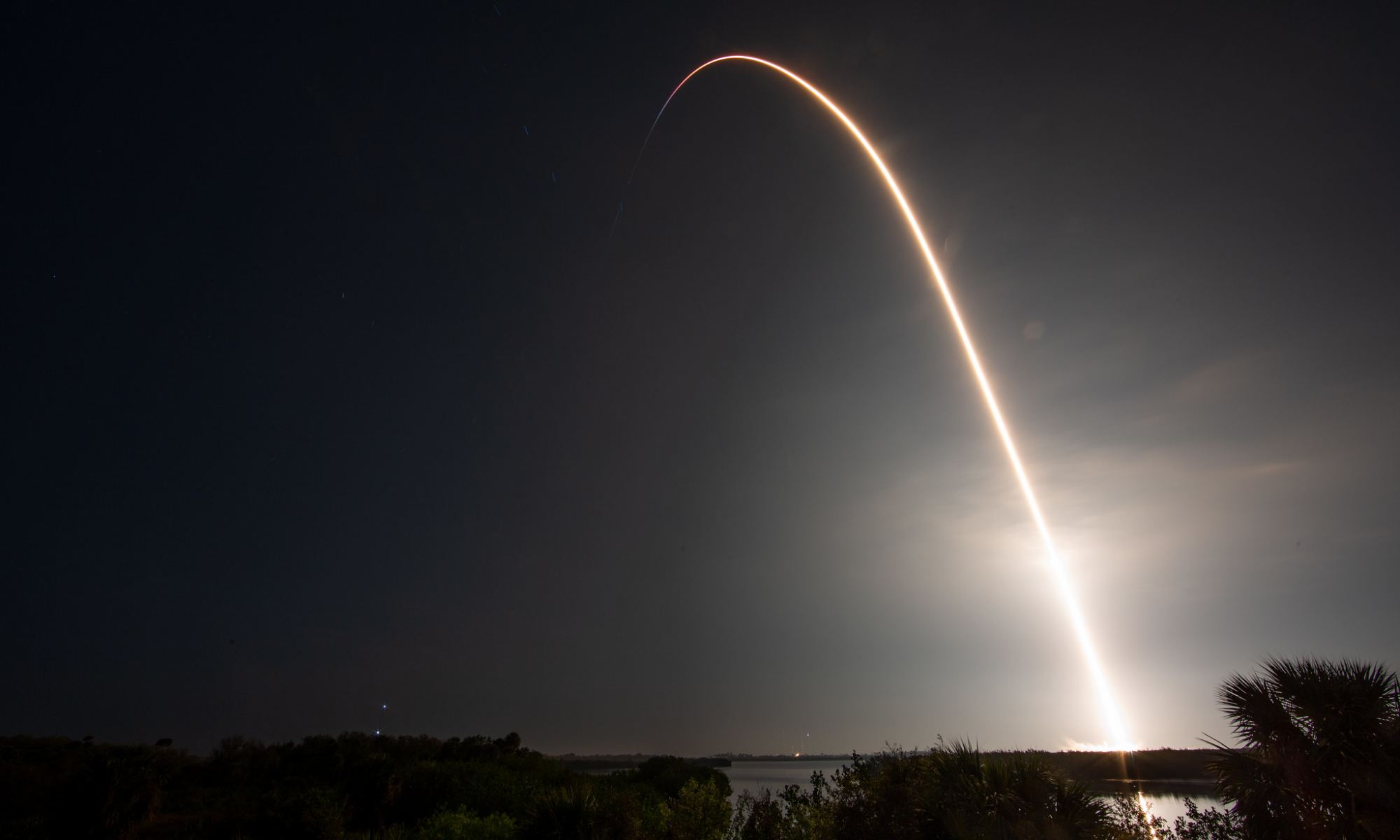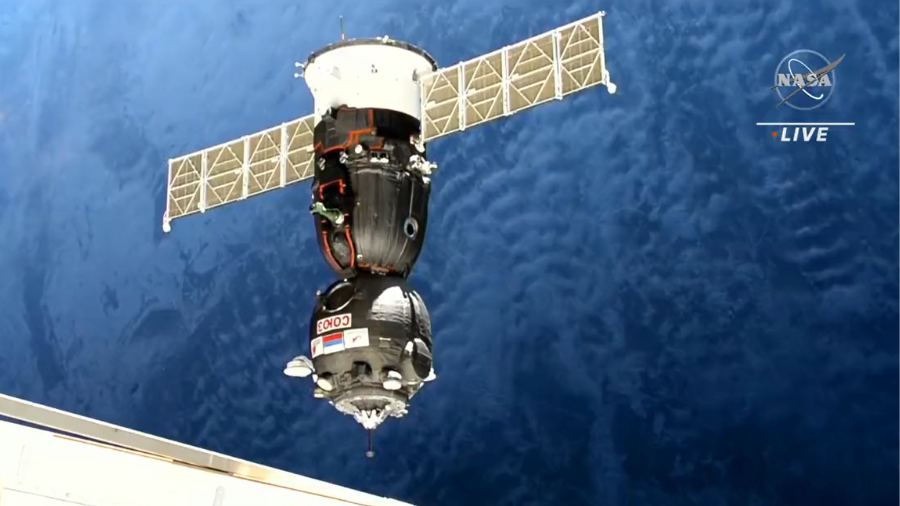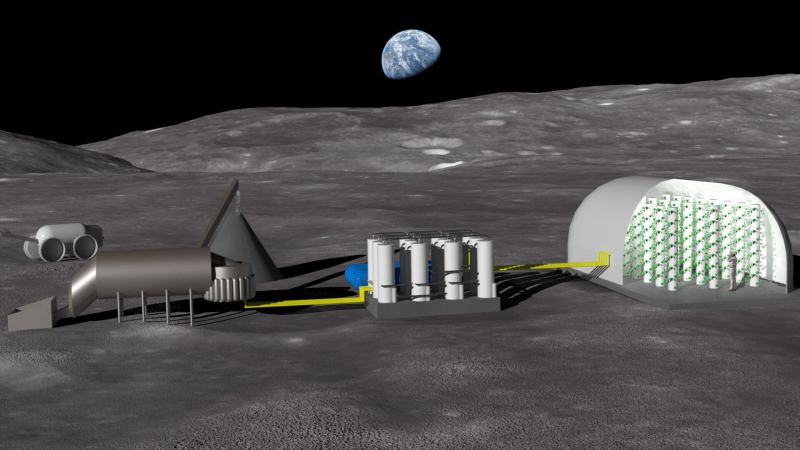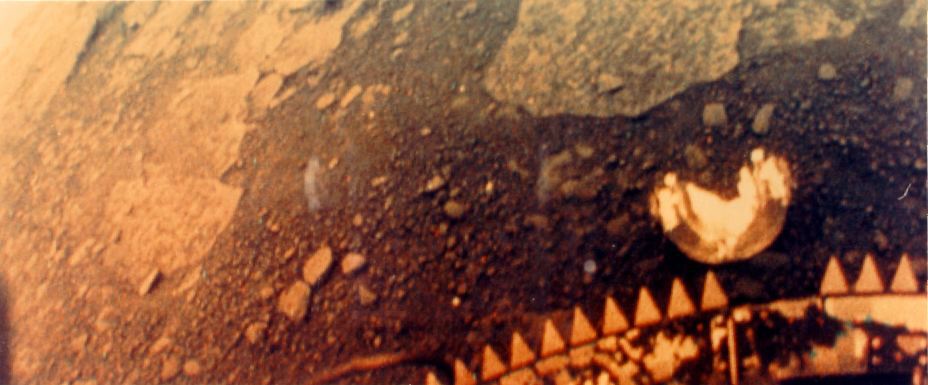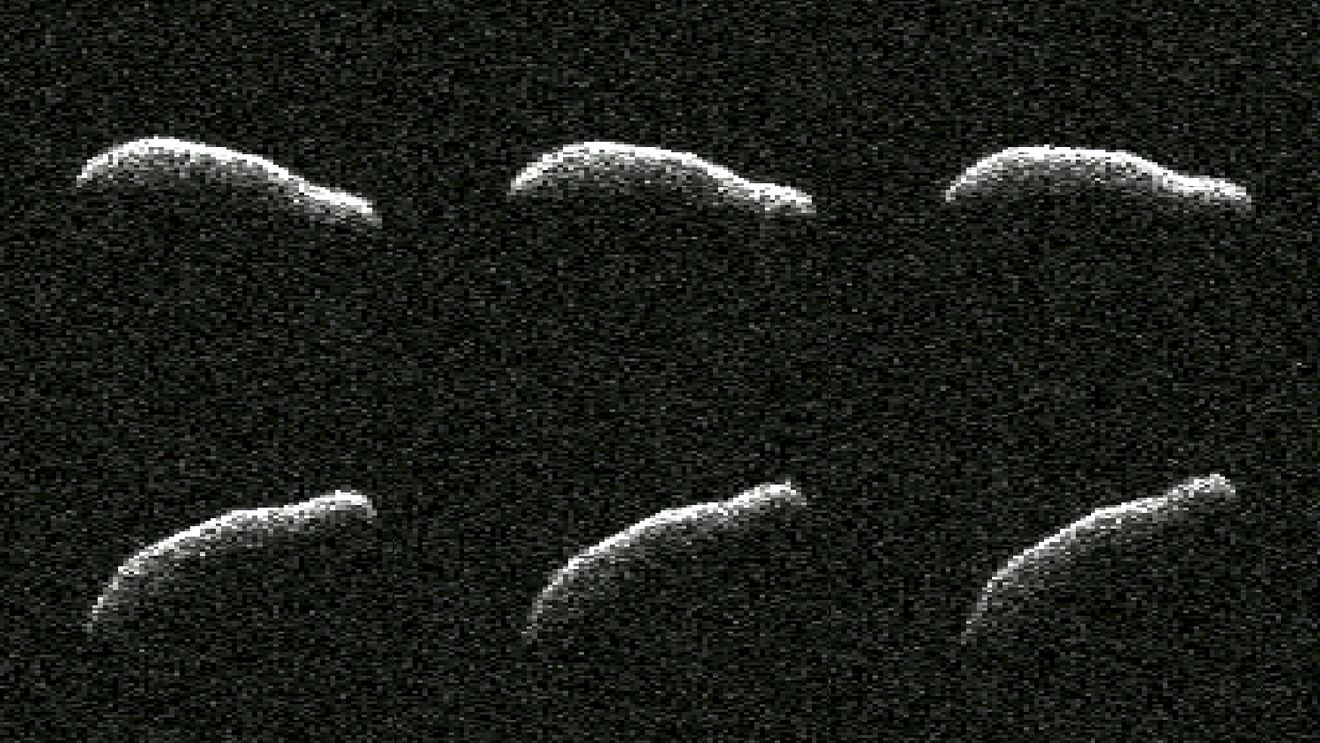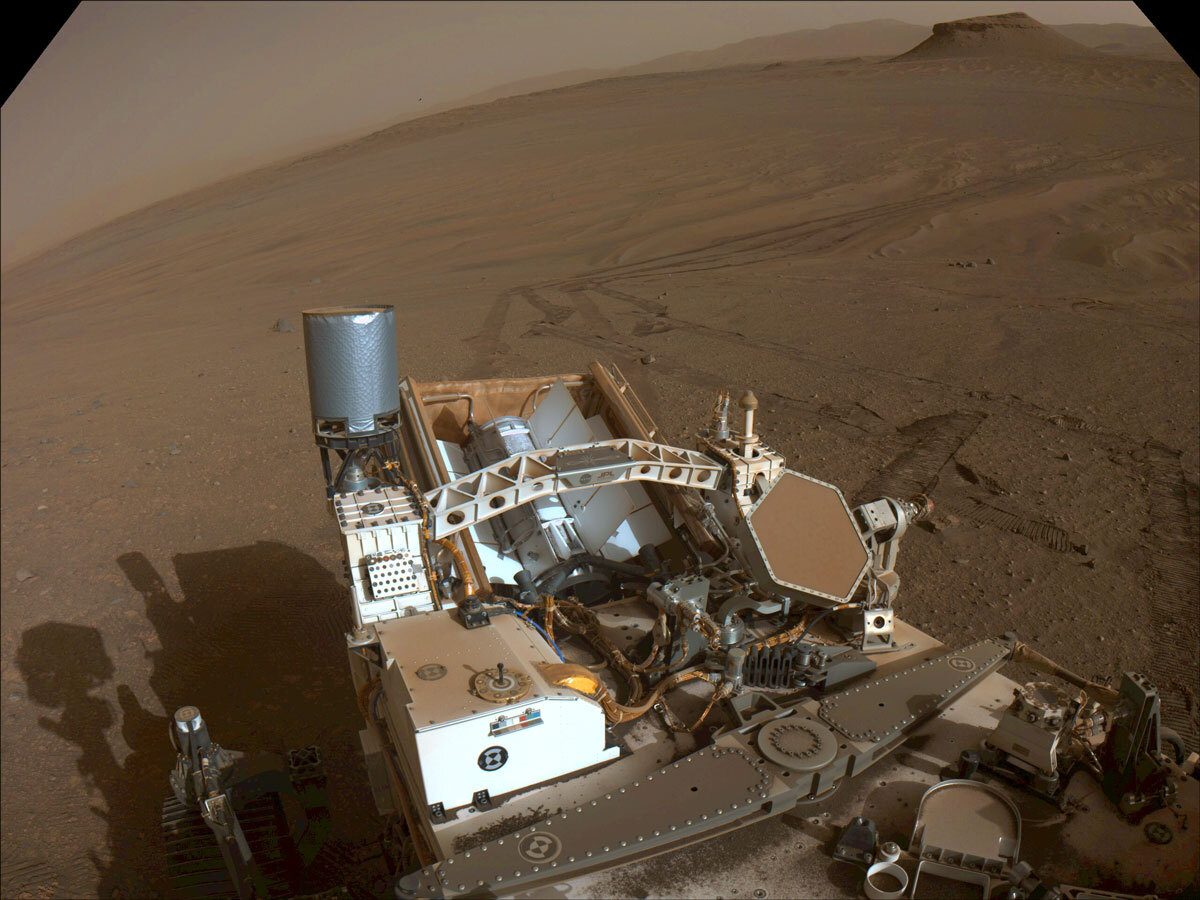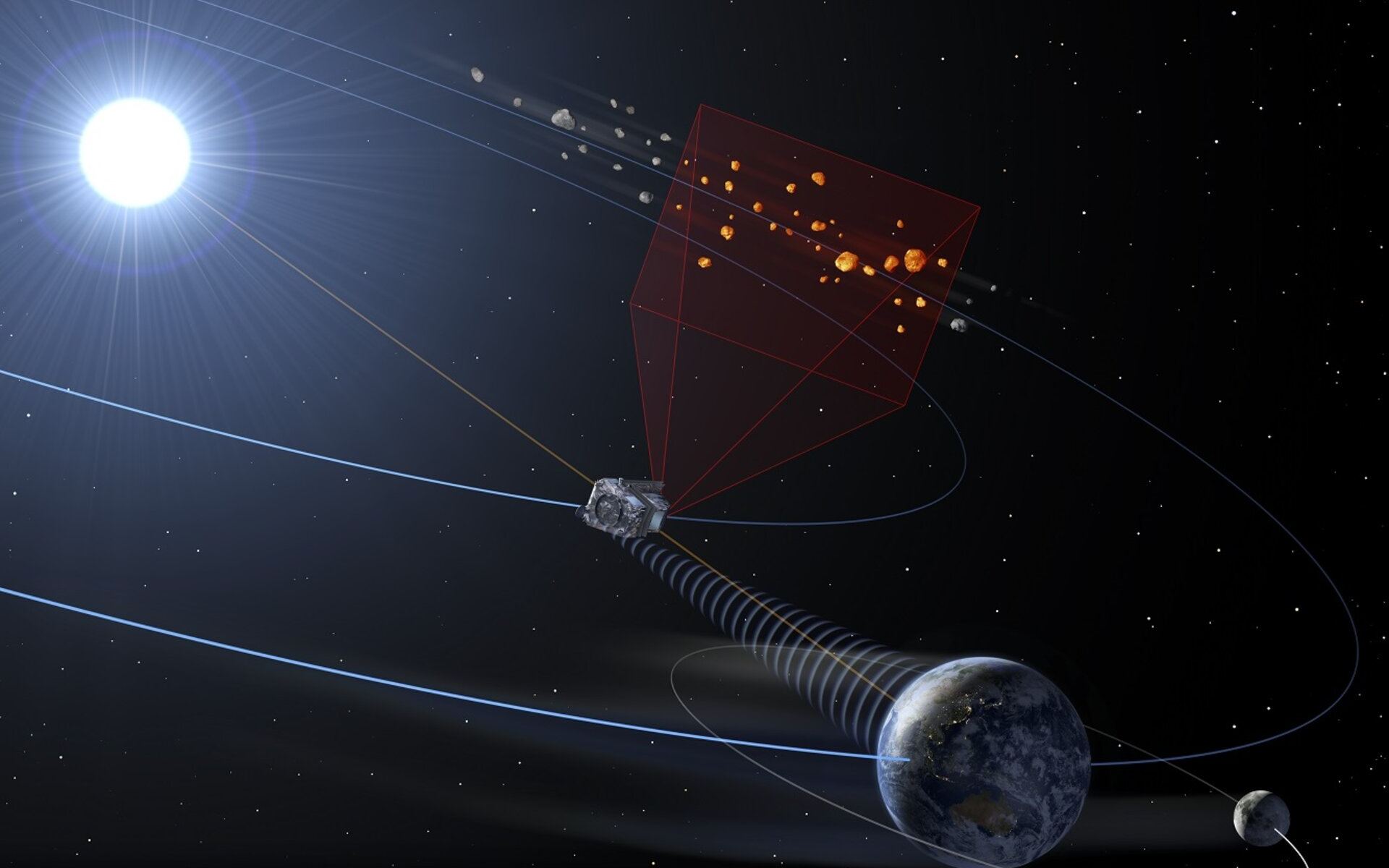NASA’s Apollo program most notably explored the Moon. But it also helped us study the Earth as well, as it provided some of the first high-resolution images of our whole planet, like the famous “Blue Marble” photo taken by the Apollo 17 astronauts.
However, these full-Earth photos revealed a mystery. Scientists expected that Earth’s two hemispheres, the north and south, would have different albedos, a difference in the amount of light they reflect. This is because Earth’s northern and southern hemispheres of Earth are quite different from each other. The southern hemisphere is mostly covered with dark oceans, while the northern hemisphere contains vast land areas that are much brighter than the oceans
Yet, when observing Earth from space, the two hemispheres appear equally bright.
This symmetry in brightness has been a puzzle for over 50 years. But now, a new study shows that the albedos are roughly the same because of the increased clouds and storms in the southern hemisphere.
Continue reading “Why are Earth’s Hemispheres the Same Brightness? New Research Solves a 50-year-old Mystery.”

